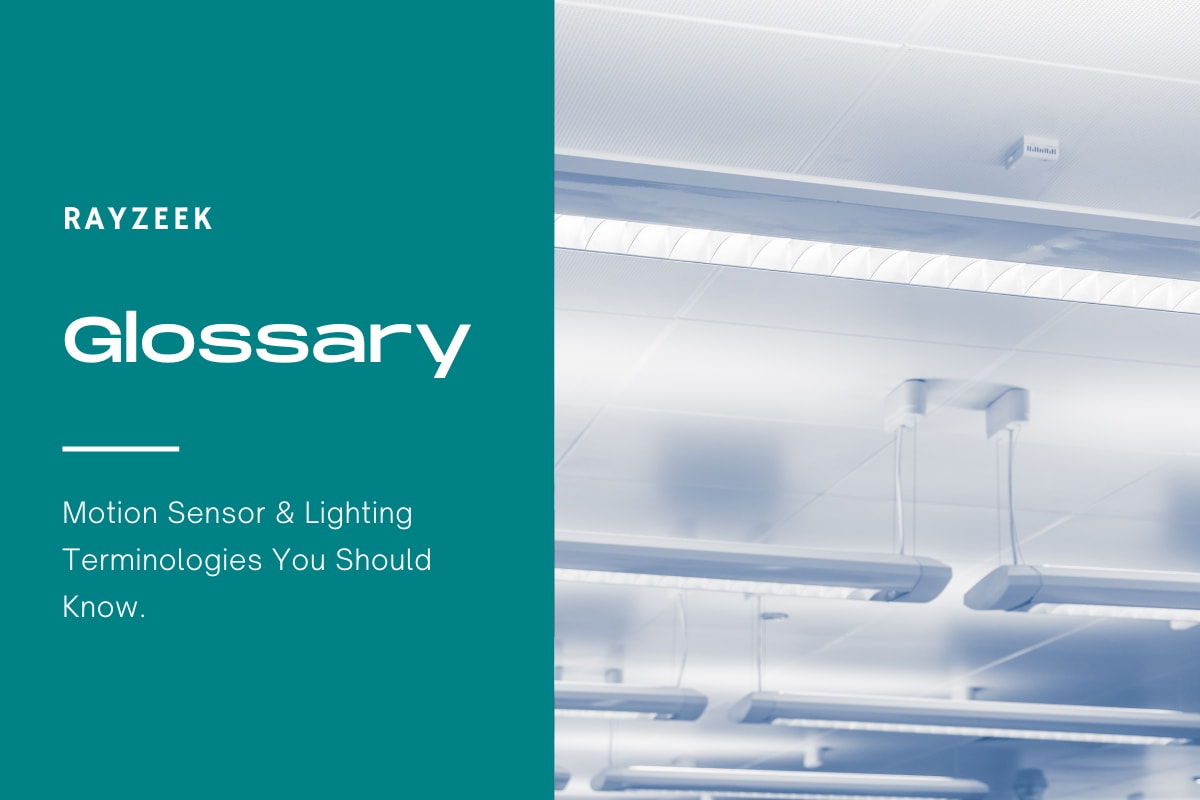What is Light Loss Factor (LLF)
Light Loss Factor (LLF) is a term used to quantify the reduction in light output that occurs over time in a lighting system. It is an essential factor considered in lighting calculations to ensure that the desired level of illuminance is maintained throughout the lifespan of the system.
LLF takes into account various factors that contribute to the decrease in light output, including lamp depreciation, changes in luminaire performance, and the deterioration of room surfaces. By considering these factors, designers and engineers can accurately determine the number of lamps or luminaires required to achieve the desired level of illuminance in a given space.
Get Inspired by Rayzeek Motion Sensor Portfolios.
Doesn't find what you want? Don't worry. There are always alternate ways to solve your problems. Maybe one of our portfolios can help.
The purpose of LLF is to account for the decrease in light output and ensure that the lighting system continues to provide adequate illumination throughout its life. It is crucial in lighting design as it allows for the calculation of the appropriate number of lamps or luminaires needed to compensate for the expected light loss over time.
LLF can be categorized as either initial or maintained. The initial LLF accounts for the reduction in light output immediately after installation, while the maintained LLF considers the decrease in light output over the life of the lighting system.
Looking For Motion-Activated Energy-Saving Solutions?
Contact us for complete PIR motion sensors, motion-activated energy-saving products, motion sensor switches, and Occupancy/Vacancy commercial solutions.









